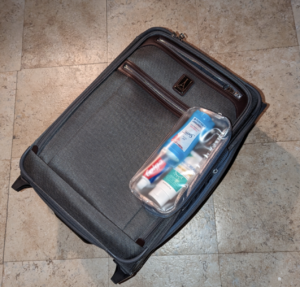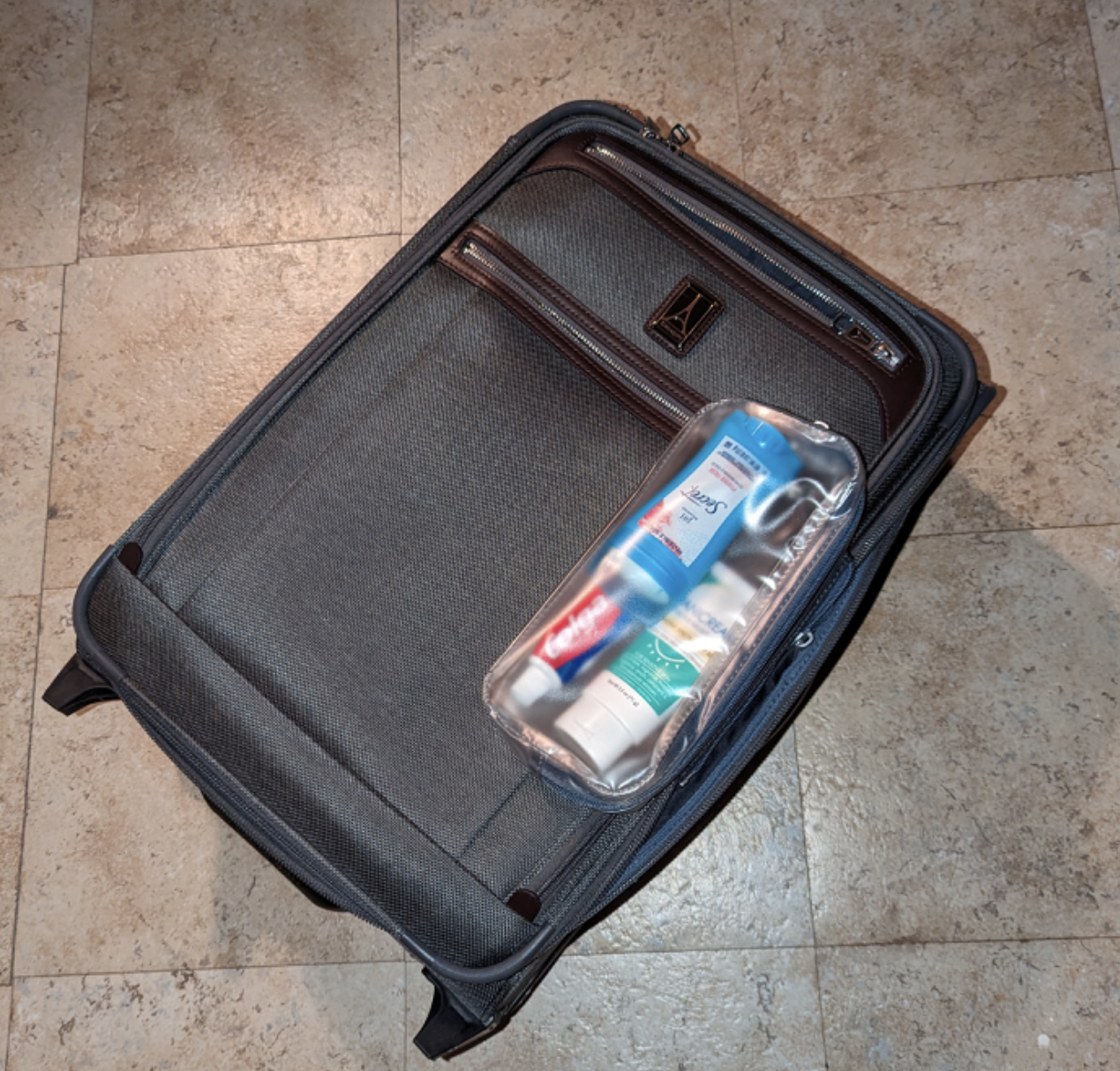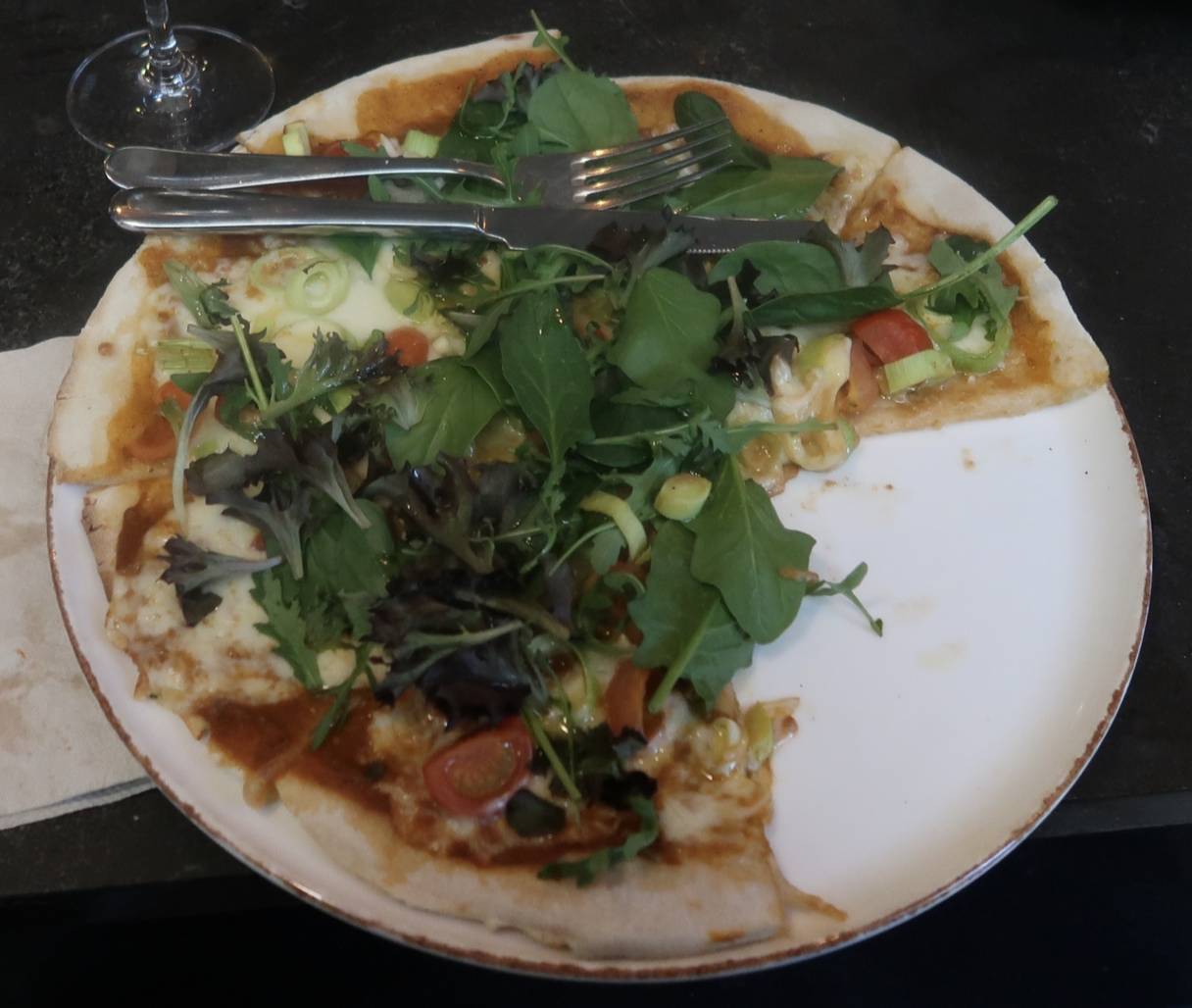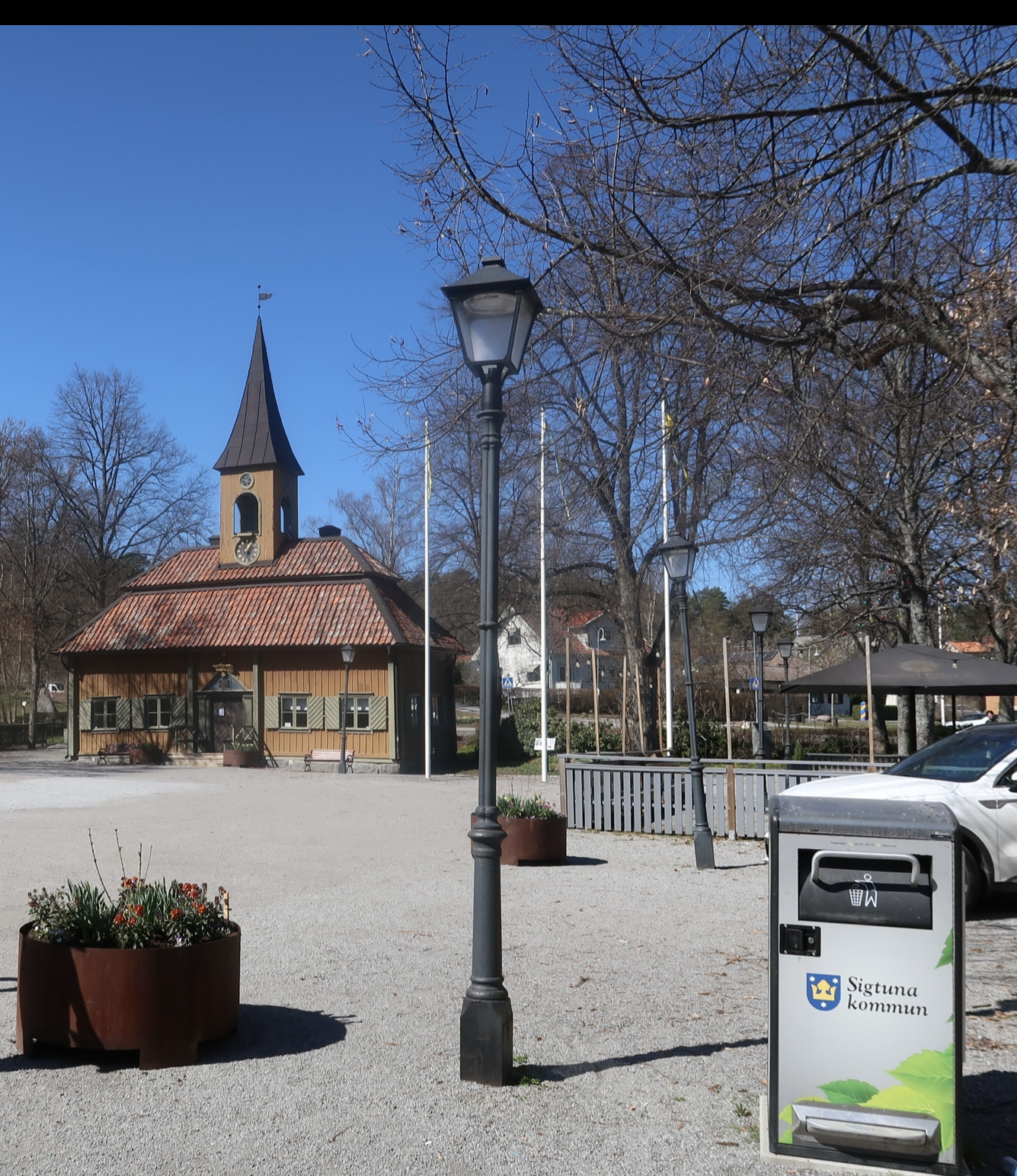At this point, I was able to concentrate on the trip itself.
Google Maps’ invaluable “Nearby” feature and street view tool allowed me to check out the neighborhood around the hotel, to look at places to eat, and find to a telephone store, grocery stores, and pharmacies.
As for planning what to do on the ground after a red-eye flight, I decided that unlike my previous trips, I would do little or nothing. The hotel itself has an onsite restaurant, so we didn’t have to wander off for food. At most, we might walk around the immediate area. There were a few places nearby where we could have coffee and sweet snacks.
We would be landing early in the morning in Stockholm while our bodies would still be attuned to nighttime New Jersey. A classic “red-eye” flight. There is all sorts of advice about dealing with this. Some people think you should go out and do some vigorous walking, even going for a run, on the first day of your arrival. Some suggest taking it easy, maybe booking your room for the night before you arrive to make sure it’s ready when you get there in the morning so you have someplace to take a nap. My own opinion – typical for me – is to do what works best for you. On my past trips, I’ve spent my first few hours after landing doing some light touring, strolling around, having a bite to eat. That seems to suit me. But everybody’s circadian rhythms work differently. There’s no one-size-fits-all solution. If you haven’t had the opportunity to figure out what works best for you, think of your past experiences handling a very bad night’s sleep. What worked to keep you going the next day? What made you feel worse? That’ll provide a pretty good clue.
Also keep in mind that bodies change as they age. If the last time you dealt with an overnight flight was thirty years ago, be aware your body is different today. Don’t beat yourself up if you can no longer “hit the ground running” after flying red-eye the way you did when you were younger. My personal opinion is, if you are worried about it, consult your doctor.
On to luggage concerns…
Trying to fit everything into a carry-on bag, my original idea was to do what I did in Reykjavik: pack four days’ worth of clothing, and send some out to be laundered mid-way through the stay. I located a place in Stockholm that has pick-up and return laundry service for hotels, but it turned out they don’t offer the service at our particular hotel, and it was a bit too far to walk if I wanted to drop off and pick up the clothing myself. Laundromats don’t appear to be a popular thing. Someone on one of the online forums had a similar observation – where do Swedes launder their clothes, they wondered. So I set about fitting seven days’ worth of clothing into my carry-on. In addition to the physical dimensions of carry-on luggage, SAS has a seventeen pound limit. At the time, all of my suitcases were on the heavy side, even when empty. I sprung for a lighter-weight suitcase: Travelpro’s Elite 22” Carry On. It’s the second Travelpro I’ve owned. I’ve since bequeathed the older one to my daughter. I like these Travelpro suitcases.  Although pricey, they are really sturdy, and have a lot of good organizing features. My favorite is a small quart-sized transparent pouch that zips into the main compartment and can be pulled out for easy viewing during security checks. It’s one of several nice small touches in their design. (I receive no compensation for saying this. I just like their suitcases.)
Although pricey, they are really sturdy, and have a lot of good organizing features. My favorite is a small quart-sized transparent pouch that zips into the main compartment and can be pulled out for easy viewing during security checks. It’s one of several nice small touches in their design. (I receive no compensation for saying this. I just like their suitcases.)
As an experiment, I loaded the new suitcase with clothing representing a seven day wardrobe, throwing in whatever was handy. It fit. The filled suitcase came in at twenty points. Probably all right. But why take the chance? Most of the clothing for this packing experiment was medium-weight cotton. When packing for the trip, I would be careful to use light-weight fabrics. And maybe, I thought, I could underpack and clean one or two items mid-week using the ridiculously overpriced hotel laundry service. My luggage therefore consisted of the suitcase (within the SAS carry-on weight limit), a messenger bag with my iPad, wallet, passport and sundries, plus a small carrier bag for my CPAP machine. Considered a medical device, the CPAP it doesn’t count towards the carry-on allowance. These two items easily fit under the seat.
On to Stockholm!




